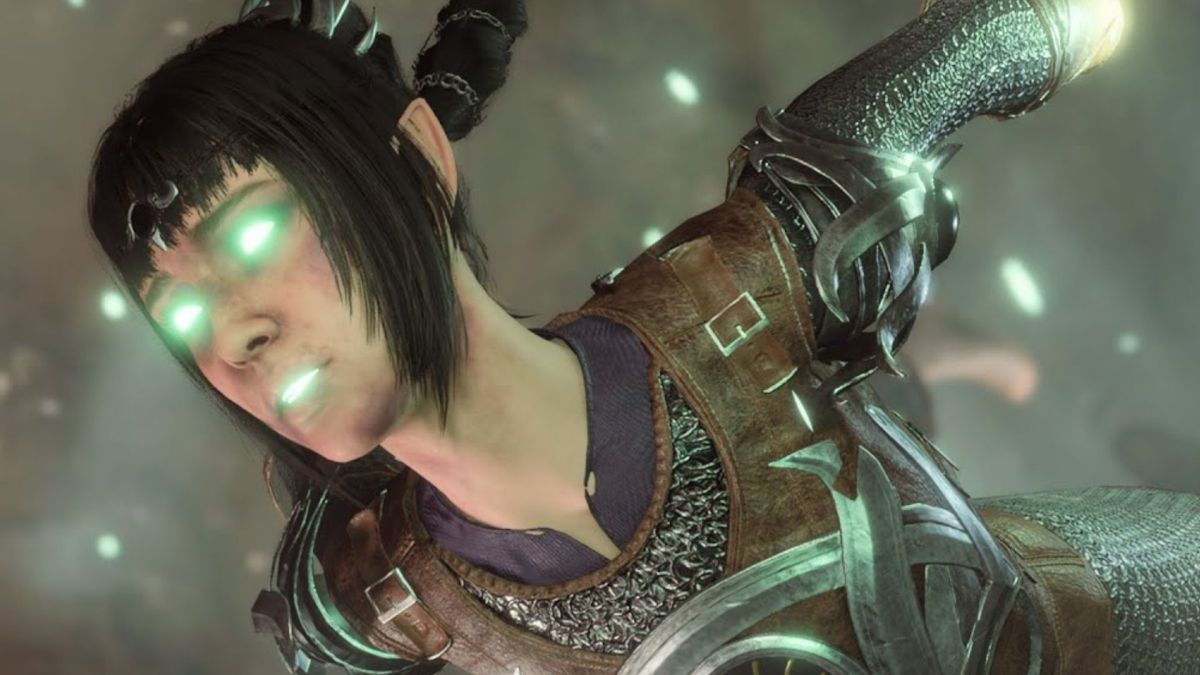Baldur’s Gate 3 owes a lot of its lineage to the tabletop roleplaying series Dungeons & Dragons, so much so that many of its rules and mechanics can be directly traced back to that physical gameplay experience, including the various oddly shaped die, and the fate-defining throws they can land. Here’s how you can decipher the shorthands and what exactly they refer to.
The meaning of die shorthands in Baldur’s Gate 3
The dice notations in Baldur’s Gate 3 show how many dice you need to roll and how many sides they have. The first number simply refers to the number of dice (or the number of throws), and the second one shows the number of sides on the die.
That’s right, not all dice have six sides, even though that’s the most commonplace one: from four to 20 and up (you can go even further, but that comes at the cost of practicality), many variations exist. A four-sided dice is referred to as a d4, a six-sided dice is referred to as a d6, etc.
As an example, 3d4 means throwing three four-sided dice. 1d20 means a single throw with a 20-sided one. Certain modifiers can apply, like 2d6+3 or 1d10-4, which just means that you need to add or subtract (or, in some cases, multiply or divide) the end result of the throws.
Thankfully, you don’t have to track this manually as the game will take care of it by itself behind the scenes, but a good understanding of the basic math behind the throws can help you optimize your choices.
Related: Baldur’s Gate 3: All feats in BG3
Which dice is better in Baldur’s Gate 3?
To figure out which combination of dice will net you better results requires a bit of elementary math. You can estimate the average outcome of a throw a dice by adding up all possible outcomes and dividing it by the number of options. So in the case of a six-sided die, (1+2+3+4+5+6)/6=21/6=3.5 is the average outcome to expect.
This also comes into play when determining whether it’s better to throw with two “smaller” dice or one “larger” one. For example, rolling 2d4 (so a four-sided die twice) or 1d8 (an eight-sided one once) rolls for the same maximum total, but the former provides more consistency.
As an example, while the edge cases have the same 1/8 chance, your odds of rolling a 5 is 1/8 with a 1d8 throw but is higher with the 2d4 one because of the added options to do so (1+4, 2+3, 3+2, 4+1)—a total of 4/16=2/8, so double the chance.


